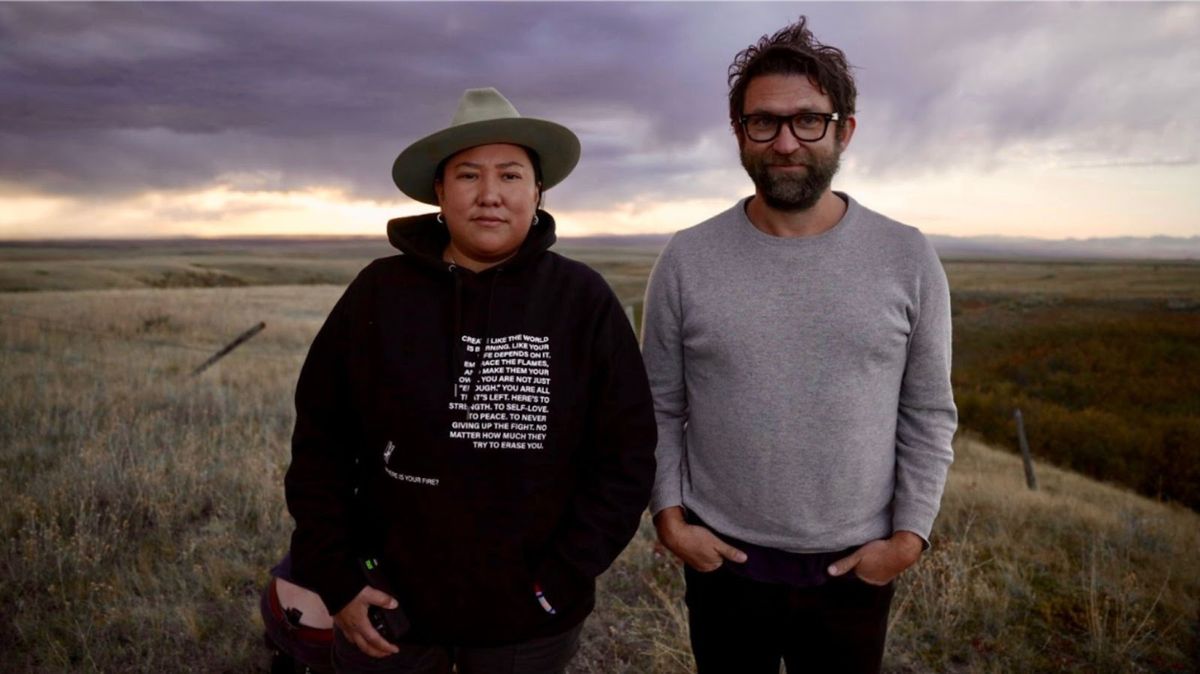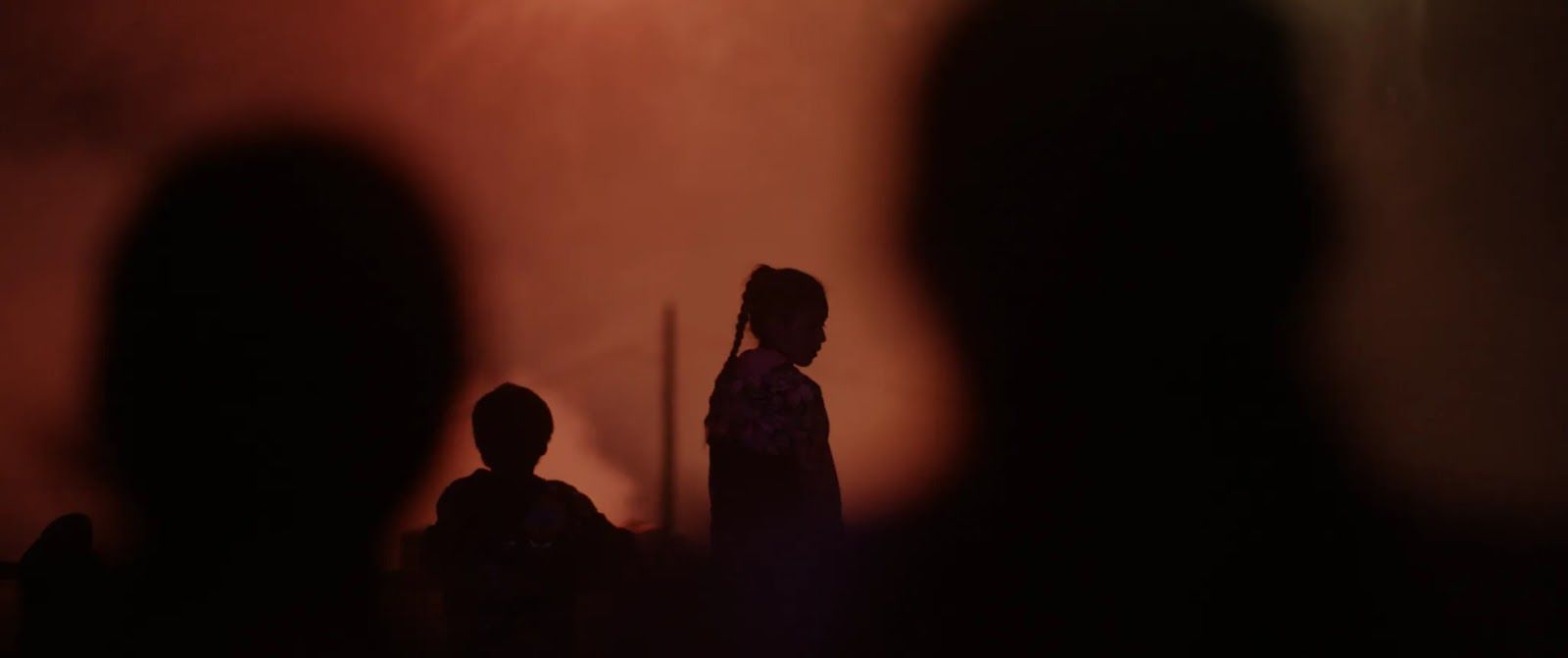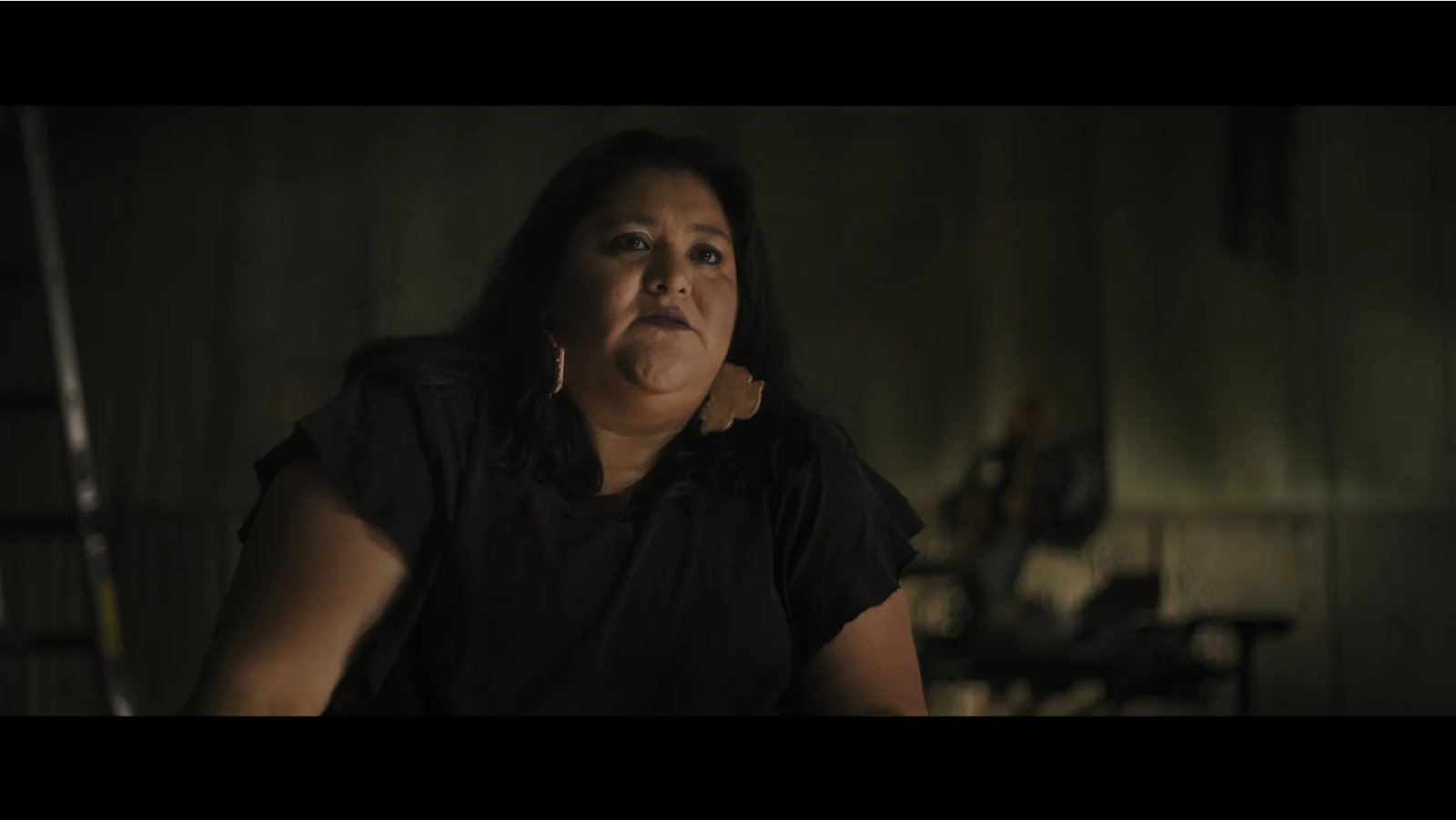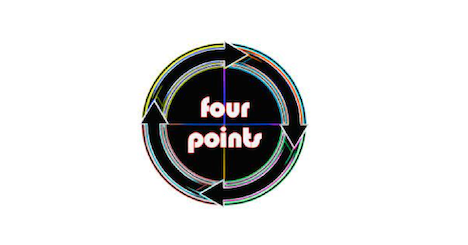Showtime Documentary Focuses On Montana Cases Of Missing, Murdered Indigenous Girls
Series details the murder of three girls found dead in Big Horn County and the lack of law enforcement response

A spotlight is once again on Big Horn County in a new documentary series on Showtime that highlights the crisis of missing and murdered Indigenous girls and women. The three-part series explores the unsolved deaths of Henny Scott, Kaysera Stops Pretty Places and Selena Not Afraid and the contributing factors to the county’s disproportionately high rate of such cases.
“This is the most dangerous place for Native women in the country,” explained Luella Brien in the series opening. She’s a journalist based in Crow Agency who grew up on the Crow Reservation and is the central narrator in the production. “We have all the questions in the world, and we don’t have the answers.”
All three girls were 18 or younger when they went missing and were later found dead in Big Horn County, which includes portions of the Northern Cheyenne and Crow reservations. Shacaiah Blue Harding, who was last seen in the Billings area in 2018 and is assumed to be a victim of sex trafficking, is also featured.
The series, “Murder in Big Horn,” debuted at the Sundance Film Festival in January and will be available for streaming on Showtime Feb. 3, broken into three hour-long episodes.
“We found that a series would allow us to go in-depth, as opposed to a singular film,” said director Razelle Benally. “It’s really dense, and it’s really sensitive.”
The young women are remembered through the recollections of family members and friends, who detail their shared barriers to justice and the lack of response from law enforcement officials. Interviews are stitched together with footage pulled from the social media accounts of the young women, along with clips from media reports.
Benally, who is Oglala Lakota and Diné, understands intimately the crisis of missing and murdered Indigenous people and has experienced the disappearance and death of family members and close friends.
“From a young age, I was taught to never go anywhere alone,” Benally said. “I couldn’t do anything by myself, because I was a girl, and I was a Native girl.”
Benally joined the project after being contacted by fellow director Matthew Galkin, who admittedly came to the project with no awareness of the crisis of missing and murdered Indigenous people. After Selena Not Afraid’s case made national headlines, Showtime’s producers approached Galkin with a general pitch.
“From a young age, I was taught to never go anywhere alone. I couldn’t do anything by myself, because I was a girl, and I was a Native girl.”~FILMMAKER RAZELLE BENALLY
“I was confident in my ability to create a large commercial doc series, but the content was foreign to me, and I wanted it to be authentic,” Galkin said. He reached out to Benally, who was hesitant at first to work with a non-Native on a film about missing and murdered Indigenous women and girls. Yet the platform appealed to Benally as a way to bring the stories to a larger audience.
“This is greater than myself, and I felt spiritually competent and confident enough to ensure that this would be done in a good way, especially in regard to family,” Benally said. The two directors also reached out to Ivy and Ivan MacDonald, a brother-sister team of filmmakers and enrolled members of the Blackfeet Tribe, who joined as producers of the series.
The team spent two years working on the series, and they filmed more than 60 days during a half dozen visits, starting in September 2021. Scenes are filmed in Billings, Hardin, Lame Deer and Crow Agency.
Benally led many of the conversations with Native families.
“When you are Native and you grow up in a community, you just know how to talk to folks, especially elders and older women,” Benally said. “Anyone that is older than myself, I have to sit and listen.”
Benally said she was adamant the production be made in an appropriate and ethical way. “We had to really balance the series, so when Native families or people watch this, they are not feeling like they are being exploited.”
Such exploitation is familiar to Benally, who has observed non-Native filmmakers extracting stories from her community — the Pine Ridge Indian Reservation in South Dakota — for decades.

“We put this team together so we wouldn’t be performing parachute journalism or extractive storytelling,” Galkin said. “Nobody would know me or trust me in this area, and I knew that going in with eyes wide open, and I wouldn’t expect them to trust me.”
The MacDonald siblings have been working on documentary storytelling in the Indigenous community for years and are currently producing a documentary, “When They Were Here,” centered on families whose loved ones went missing or were found dead in the Blackfeet community in northwestern Montana.
“Ivy and I have always understood that the ways in which non-Indigenous people learn about Indigenous people is through media,” Ivan MacDonald said.
‘THESE ARE OUR RELATIVES’
Brien has lived in and around the Crow Reservation her whole life and is the founder of Four Points Press, based in Crow Agency and the only Indigenous news outlet in the region. At the time of filming, Brien was the general manager and editor of Big Horn County News.
“Keeping the community informed is important. Telling the community’s stories is important,” Brien said. “These are not true-crime stories to us. These cases are our relatives.”
Brien was one of the filmmakers’ first sources, and she quickly became central to the documentary. Like Benally, she was hesitant to talk with Galkin, not wanting to become involved with a project that wasn’t going to ethically explore the underlying issues contributing to the crisis of missing and murdered Indigenous people.
“It’s an incredibly sad thing to share. But it’s an important thing that we are going through as Native communities, and the world at large needs to know,” Brien said. During the series, she discusses the unsolved case of her aunt Beverly Diane Brien, found dead in 1977 at the Big Horn County Fairgrounds. She was 16. “I think the series does a really good job of explaining all the components that come together that have created this situation.”
Brien walks the viewer through the complexities of the federal Bureau of Indian Affairs and other agencies that respond to crimes on reservations and the jurisdictional issues and systematic failures that can happen during those investigations. By highlighting family narratives, the documentary shares the story of missing and murdered Indigenous people through the voices of Native people who have lived through such traumas for generations.
“We knew right from the beginning we did not want this to be newsy or information-driven,” Galkin said. “This is emotion-driven. What these families have lost is universally relatable. It was very important to us to not go down the road to overload people with information and statistics.”
“These are not true-crime stories to us. These cases are our relatives.” ~JOURNALIST LUELLA BRIEN
Both filmmakers were united in their approach to immersive storytelling and narrative film.
“We are given a chance to present this information and these stories in however way we want to present them,” Benally said. “And if we are going to tell the story, we want to do so through the families and the community and make sure that they were in charge of letting us know what they wanted to share with us.”
The Big Horn County Sheriff’s Office, the Bureau of Indian Affairs and the FBI all declined to participate in the series.
“I have definitely experienced small-town law enforcement entities that are just unwilling to engage with the media for various reasons,” Galkin said. “I was still stunned, given how many families are involved in these cases and how much media attention these cases have started to get.”
The only law enforcement official to comment was Eric Winburn, the former undersheriff for Big Horn County who resigned in August 2020 and now resides in Idaho. His tenure was brief with the sheriff’s office — just eight months — and his first major case was Selena Not Afraid’s disappearance. Family members criticized how law enforcement handled the investigation of her death. In the series, Winburn described “certain obstacles,” including family members who “wanted their 15 minutes of fame,” which he said put more pressure on the Big Horn County Sheriff’s Office.
“Working in Big Horn County, I don’t believe MMIW is real,” he added. “I don’t think the issue is real.”
“I would like to say I was shocked, but I wasn’t shocked,” Galkin said of Winburn’s comments. “It seemed par for the course, and it also seemed like a conversation that was quite prevalent inside the sheriff’s office and inside a lot of law enforcement in that area.
“It certainly added an element to the series that I think is quite important for people to see and to hear.”
‘WE ARE NOT GOING TO HAVE ANSWERS’
The third and final episode does not tie a neat bow around the cases, nor does it attempt to solve them. The filmmakers provide no closure, but instead bring viewers into Brien’s world as a reporter, where doors are shut and silence from law enforcement and other potential witnesses is typical.
“We are not going to have answers,” Benally said. “I knew that going in, and I knew that because Matthew and I are not private investigators. We are not investigative journalists, either. We are filmmakers, and we can only do so much.”
The series does, however, give potentially global visibility to the issue of missing and murdered Indigenous people while placing it within a historical context.
“At some point in the third hour, it needed to transcend being a true-crime documentary,” Galkin said. “All the historical issues that emanated from colonization hundreds of years ago, that was the butterfly effect of how we got to where we are today.”

In a moment of intense poignancy during the documentary, Brien brings her daughter, Aurelia, to the county fairgrounds, where decades earlier Brien’s aunt had been found dead. Authorities concluded she died of exposure.
“Hypothermia is the go-to answer to the dead Indian problem in Montana,” Brien says in the documentary. “But there’s a reason that you are out there. There are factors that led to that.”
“Our girls don’t just die,” added Lucy Simpson, executive director for the National Indigenous Women’s Resource Center, based in Lame Deer.
The center is a Native-led nonprofit dedicated to ending violence against Native women and children, and Simpson is featured prominently in the series. She gives context and a voice to the generational traumas experienced in Native communities.
“A nation is not defeated until the heart of its women are on the ground,” Simpson said in the series, sharing a Cheyenne proverb. “Since colonization, our Native women have been targeted. To be able to meet the manifest destiny of the American dream, they needed to rid the lands of the first people who were living there. Women holding esteemed places in Indian nations, violence against Native women started very early.”
That violence continues today, often carried out on the reservation within the communities. All three girls profiled in the film went missing after attending house parties and were found dead nearby.
“So much of it is these generations of trauma that we haven’t had the opportunity to heal from,” Simpson says in the series. “We internalize that and see it play out in higher rates of domestic violence in our communities — these cycles of abuse.”
Brien, in the series, describes raising her daughter based on “situational awareness and keeping her safe.”
“It makes up who we are,” Brien said. “I feel like it’s part of the fabric of Native women in this community. We grow up thinking that survival is culture, and pretty soon we are doing things that we think are cultural practices, when really they are just survival techniques.”
The filmmakers and the NIWRC are creating a collection of resources for Indigenous families, including mental health resources, spearheaded by Ivan MacDonald.
“How do you give back to a community and support communities beyond collecting their stories?” MacDonald asked. “That is something we are trying to be aware of.”
___
For more information on the series, visit sho.com/murder-in-big-horn. The National Indian Women’s Resource Center is online at niwrc.org.
In-depth, independent reporting on the stories impacting your community from reporters who call it home.
